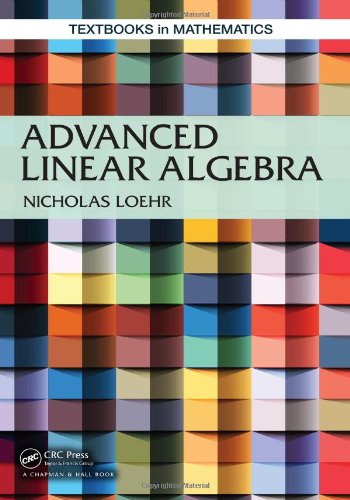

Most ebook files are in PDF format, so you can easily read them using various software such as Foxit Reader or directly on the Google Chrome browser.
Some ebook files are released by publishers in other formats such as .awz, .mobi, .epub, .fb2, etc. You may need to install specific software to read these formats on mobile/PC, such as Calibre.
Please read the tutorial at this link: https://ebookbell.com/faq
We offer FREE conversion to the popular formats you request; however, this may take some time. Therefore, right after payment, please email us, and we will try to provide the service as quickly as possible.
For some exceptional file formats or broken links (if any), please refrain from opening any disputes. Instead, email us first, and we will try to assist within a maximum of 6 hours.
EbookBell Team

0.0
0 reviewsDesigned for advanced undergraduate and beginning graduate students in linear or abstract algebra, Advanced Linear Algebra covers theoretical aspects of the subject, along with examples, computations, and proofs. It explores a variety of advanced topics in linear algebra that highlight the rich interconnections of the subject to geometry, algebra, analysis, combinatorics, numerical computation, and many other areas of mathematics.
The book's 20 chapters are grouped into six main areas: algebraic structures, matrices, structured matrices, geometric aspects of linear algebra, modules, and multilinear algebra. The level of abstraction gradually increases as students proceed through the text, moving from matrices to vector spaces to modules.
Each chapter consists of a mathematical vignette devoted to the development of one specific topic. Some chapters look at introductory material from a sophisticated or abstract viewpoint while others provide elementary expositions of more theoretical concepts. Several chapters offer unusual perspectives or novel treatments of standard results. Unlike similar advanced mathematical texts, this one minimizes the dependence of each chapter on material found in previous chapters so that students may immediately turn to the relevant chapter without first wading through pages of earlier material to access the necessary algebraic background and theorems.
Chapter summaries contain a structured list of the principal definitions and results. End-of-chapter exercises aid students in digesting the material. Students are encouraged to use a computer algebra system to help solve computationally intensive exercises.